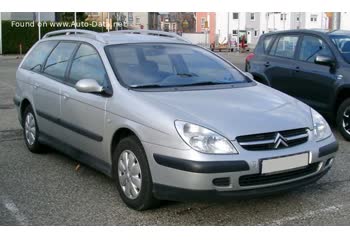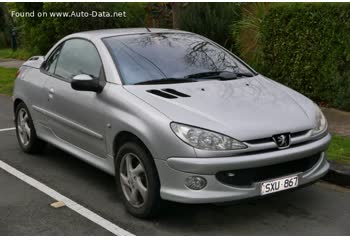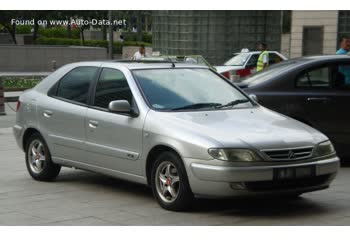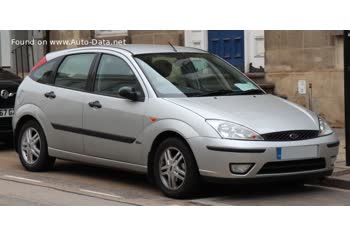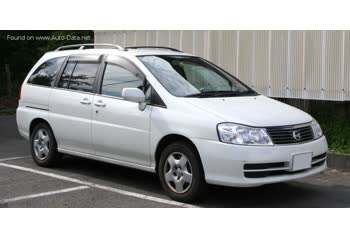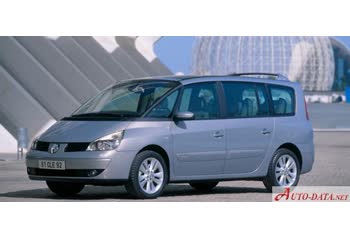Peugeot 807 807 2002 - 2.0 16V (136 Hp) specifications
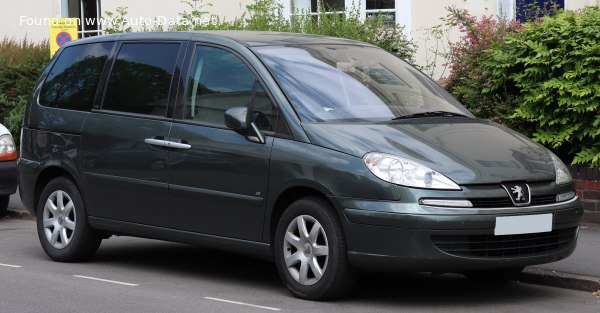

Overview
What is the engine capacity of a Peugeot 807 2002?
The engine capacity of the Peugeot 807 2002 is 1997 cm.
Peugeot 807 2002 How many horsepower?
The engine power of the Peugeot 807 2002 is 136 Hp @ 6000 rpm..
What is the Peugeot 807 2002 engine?
Peugeot 807 2002 engine is RFN EW10J4. (Click to see other cars using the same engine)
How much gasoline does a Peugeot 807 2002 consume?
The Peugeot 807 2002 consumes 9.1 liters of gasoline per 100 km
General:
Brand
Peugeot
Model
807
Generation
807
Modification (Engine)
2.0 16V (136 Hp)
Start of production
2002
End of production
2008
Powertrain Architecture
Internal Combustion engine
Body type
Seats
8
Doors
5
Engine:
Power
136 hp @ 6000 rpm.
Power per litre
68.1 hp/l
Torque
190 nm @ 4100 rpm.
Engine Model/Code
Engine displacement
1997 cm
Number of cylinders
4
Engine configuration
Inline
Number of valves per cylinder
4
Fuel injection system
Multi-port manifold injection
Engine aspiration
Naturally aspirated engine
Engine oil capacity
4.25 l
Coolant
7 l
Engine layout
Front, Transverse
Cylinder Bore
85 mm
Piston Stroke
88 mm
Compression ratio
10.8
Performance:
Fuel Type
Petrol (Gasoline)
Fuel consumption (economy) - urban
12.3 l/100 km
Fuel consumption (economy) - extra urban
7.3 l/100 km
Fuel consumption (economy) - combined
9.1 l/100 km
Acceleration 0 - 100 km/h
12.2 sec
Acceleration 0 - 62 mph
12.2 sec
Maximum speed
185 km/h
Weight-to-power ratio
11.8 kg/Hp, 84.5 Hp/tonne
Weight-to-torque ratio
8.5 kg/Nm, 118 Nm/tonne
Acceleration 0 - 60 mph
11.6 sec
Size and space:
Kerb Weight
1610 kg
Trunk (boot) space - maximum
3300 l
Trunk (boot) space - minimum
340 l
Fuel tank capacity
80 l
Dimensions:
Length
4730 mm
Width
1850 mm
Height
1750 mm
Wheelbase
2825 mm
Front track
1535 mm
Rear (Back) track
1540 mm
Power transmission system, suspension and brake system:
Drivetrain Architecture
The Internal combustion engine (ICE) drives the front wheels of the vehicle.
Drive wheel
Front wheel drive
Number of gears and type of gearbox
5 gears, manual transmission
Front brakes
Ventilated discs
Rear brakes
Disc
Assisting systems
ABS (Anti-lock braking system)
Steering type
Steering rack and pinion
Power steering
Hydraulic Steering
Tires size
205/65 R15
Front suspension
Spring Strut
Rear suspension
Coil Spring
